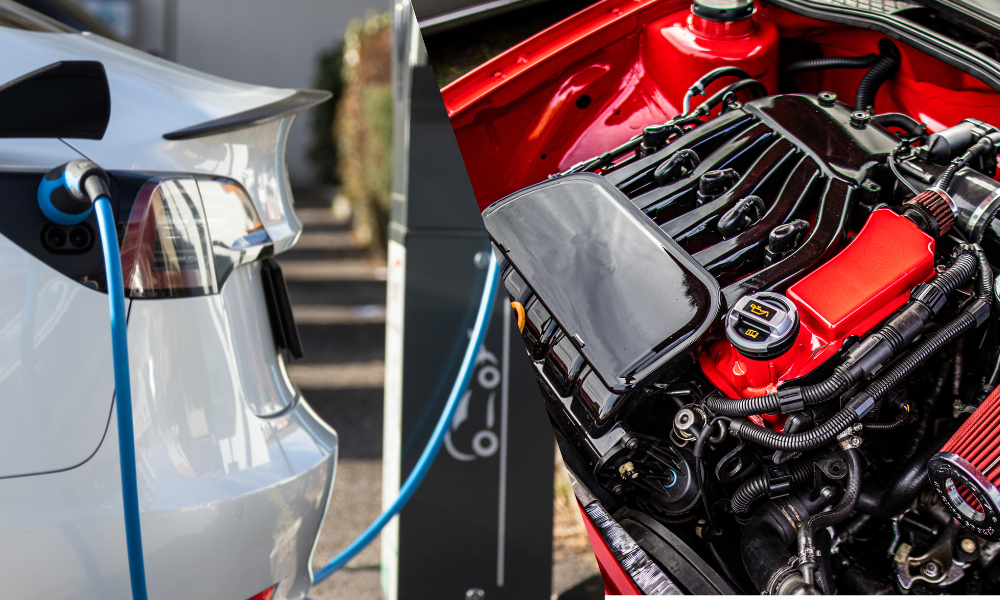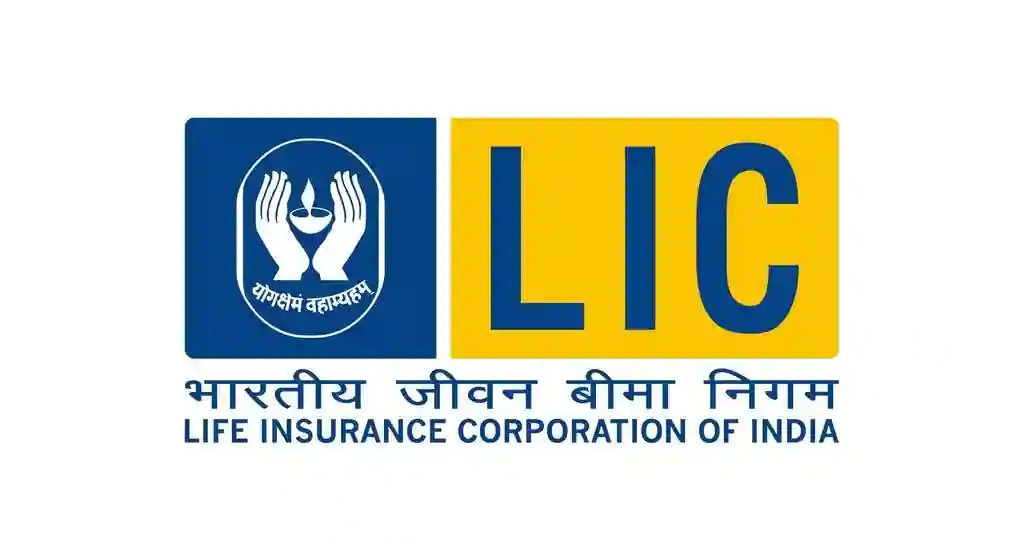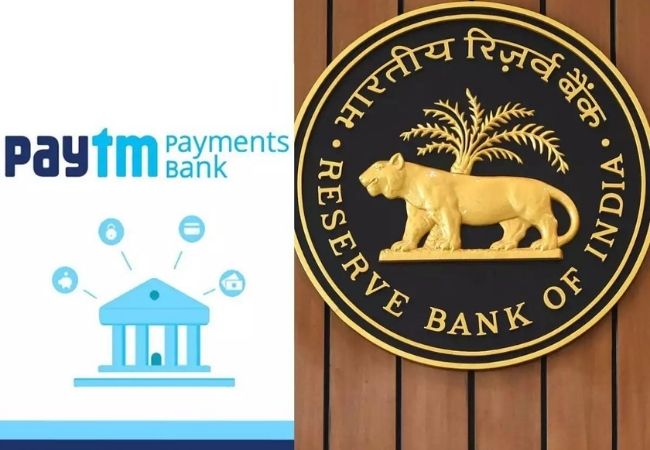finance blockchain technology Web3 DEX DeFi mining
In recent years, the world of finance has witnessed a paradigm shift with the emergence of Decentralized Finance (DeFi) and the subsequent rise of Web3 technologies. DeFi represents a groundbreaking movement that leverages blockchain and decentralized networks to provide financial services without traditional intermediaries. This blog explores the fundamentals of DeFi, its impact on the traditional finance industry, and how it intertwines with the evolution of Web3.
Understanding Decentralized Finance (DeFi): DeFi refers to a financial ecosystem built on blockchain technology, allowing for the creation and execution of financial services and applications without central authorities. At its core, DeFi aims to democratize finance by eliminating barriers to access, enhancing transparency, and fostering innovation.
Key Components of DeFi:
- Blockchain: DeFi relies on blockchain technology, which enables secure, transparent, and immutable transactions. By leveraging distributed ledgers, DeFi platforms ensure trustless interactions and eliminate the need for intermediaries.
- Smart Contracts: Smart contracts are self-executing contracts with the terms of the agreement directly written into code. They automate processes, facilitate transactions, and enable the creation of complex financial instruments in DeFi protocols.
- Decentralized Exchanges (DEXs): DEXs enable users to trade cryptocurrencies and tokens directly without the need for intermediaries. These platforms provide liquidity pools and utilize automated market-making algorithms to facilitate efficient trading.
- Lending and Borrowing: DeFi protocols offer decentralized lending and borrowing services, allowing users to earn interest on their assets or obtain loans without intermediaries. These platforms utilize collateralized loans and algorithmic borrowing to mitigate risks and provide liquidity.
- Yield Farming and Liquidity Mining: Yield farming involves providing liquidity to DeFi protocols in exchange for rewards, typically in the form of tokens or governance rights. Liquidity mining incentivizes users to contribute assets to liquidity pools, fostering liquidity and driving growth in DeFi ecosystems.
Impact of DeFi on Traditional Finance: DeFi has the potential to disrupt various aspects of traditional finance by offering innovative solutions and challenging the dominance of centralized institutions. Some key impacts include:
- Financial Inclusion: DeFi opens up access to financial services for underserved populations worldwide, enabling individuals to participate in global markets without geographical restrictions.
- Transparency and Security: Blockchain technology ensures transparency and security in DeFi transactions, reducing the risk of fraud, censorship, and manipulation.
- Lower Costs: By eliminating intermediaries and automating processes, DeFi significantly reduces transaction costs, making financial services more affordable and accessible.
- Innovation and Experimentation: DeFi fosters a culture of innovation and experimentation, enabling developers to create novel financial products and services that cater to diverse needs and preferences.
The Rise of Web3: Web3 represents the next phase of the internet, characterized by decentralized, peer-to-peer networks and protocols. It envisions a more open, equitable, and censorship-resistant internet, where users have greater control over their data and digital interactions. Key components of Web3 include decentralized storage, identity, governance, and finance, with DeFi playing a central role in the evolution of this new paradigm.
Intersecting Paths: DeFi and Web3: DeFi and Web3 are closely intertwined, with DeFi serving as a cornerstone of the emerging Web3 ecosystem. Together, they seek to decentralize not only finance but also various other aspects of digital life, including social networks, content creation, and governance. By leveraging blockchain technology and decentralized networks, DeFi and Web3 aim to empower individuals, foster trust, and reshape the internet as we know it.
Decentralized Finance (DeFi) and the Rise of Web3 represent a transformative force that is redefining the future of finance and the internet at large. As these technologies continue to evolve and gain adoption, they have the potential to revolutionize how we interact with money, data, and each other. By embracing the principles of decentralization, transparency, and innovation, DeFi and Web3 pave the way for a more inclusive, resilient, and equitable digital economy.
References:
- Andreas M. Antonopoulos, "Mastering Ethereum: Building Smart Contracts and DApps"
- Vitalik Buterin, "Ethereum Whitepaper"
- ConsenSys, "DeFi Primer: Decentralized Finance and the Rise of Web3"
- CoinDesk Research, "DeFi and the Future of Finance: The Decentralized Ecosystem Blueprint"
- Aave, Compound, Uniswap, MakerDAO - leading DeFi protocols.
Powered by: Oh! Puhleeez Branding Agency & NowUpskill
finance blockchain technology Web3 DEX DeFi mining




































































































































































